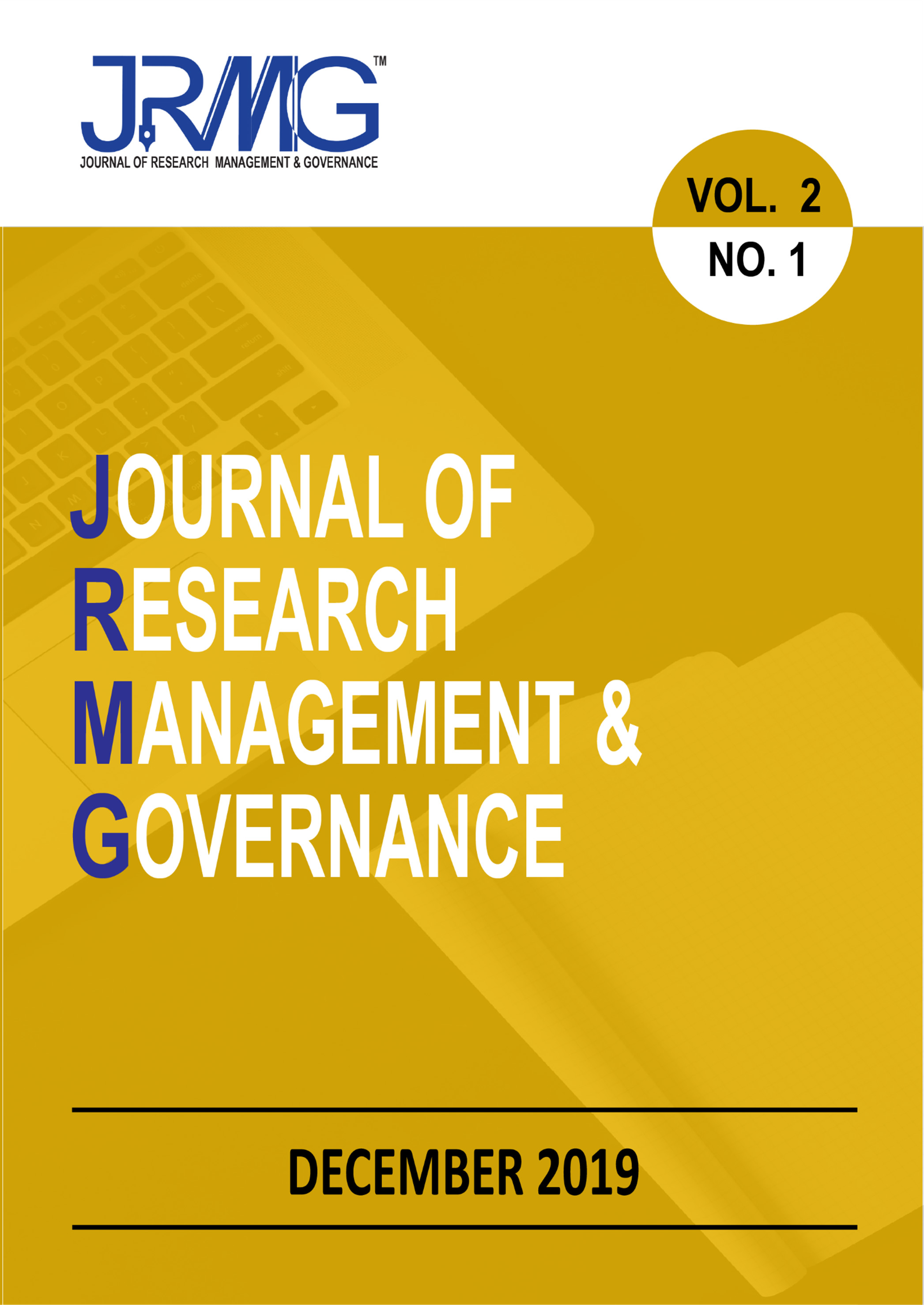Escaping the Middle Innovation Trap: Case Studies of Two Successful Spin-off Companies from a Malaysian Research University
Main Article Content
Abstract
The concept of the "middle innovation trap" has been proposed as a phenomenon of a “failed transformation from implementation based to concept design based capability†(Lee et al., 2019). It has trapped nations from evolving from middle income to high-income status. Over the past two decades, many countries have been caught in the middle-income traps. The same phenomenon can possibly be observed in institutions of higher learning, especially government-funded institutions that are a microcosm of the country as their development and wellbeing are intricately linked to the country's finances. Institutions are often well funded with significant capital expenditure during their inception, enabling them to possess the latest technologies with good teaching and research capabilities which in turn could stagnant and degrade if the government switches to fund other inception projects. Hence, these institutions are left to fend on their own, creating a technological and innovation trap that is insurmountable without repeated investment effort to bridge the gap created by rapidly advancing technologies or narrowing of the long tail of scientific research. The presence of a “middle innovation†trap in a university may hinder the successful commercialisation of its innovation. In this study, two cases from Universiti Teknologi Malaysia (UTM) are described; robotics and skin-care innovation that has been successfully commercialised, hence “escaped†the middle innovation trap. In both cases, the commercialised innovation was very dependent on the inventors. These are self-driven extraordinary individuals who developed extensive industrial insights acquired by additional training not accessible to their peers. Their products are not novel and utilise existing technologies that are shaped into commercially available products or services. Although UTM technology transfer office is known for its support and flexibility towards academics pursuing commercialisation, the role of the extraordinary individuals who possess exceptional drive is the key factor in escaping the trap. In conclusion, escaping from the middle innovation trap would only be successful by providing significant and continuous support to the correct type of academic staff. Therefore, the selection of the correct people is more important than the product being offered.
Downloads
Article Details
Articles submitted to the journal should not have been published before in their current or substantially similar form, or be under consideration for publication elsewhere. Authors submitting articles for publication warrant that the work is not an infringement of any existing copyright and will indemnify the publisher against any breach of such warranty. For ease of dissemination and to ensure proper policing of use, papers and contributions become the legal copyright of the publisher unless otherwise agreed. By submitting a manuscript, the author(s) agree that copyright for the article is transferred to the publisher, if and when the manuscript is accepted for publication. However, it can be reprinted with a proper acknowledgement that it was published in JRMG.

This work is licensed under a Creative Commons Attribution-NonCommercial-NoDerivatives 4.0 International License.
